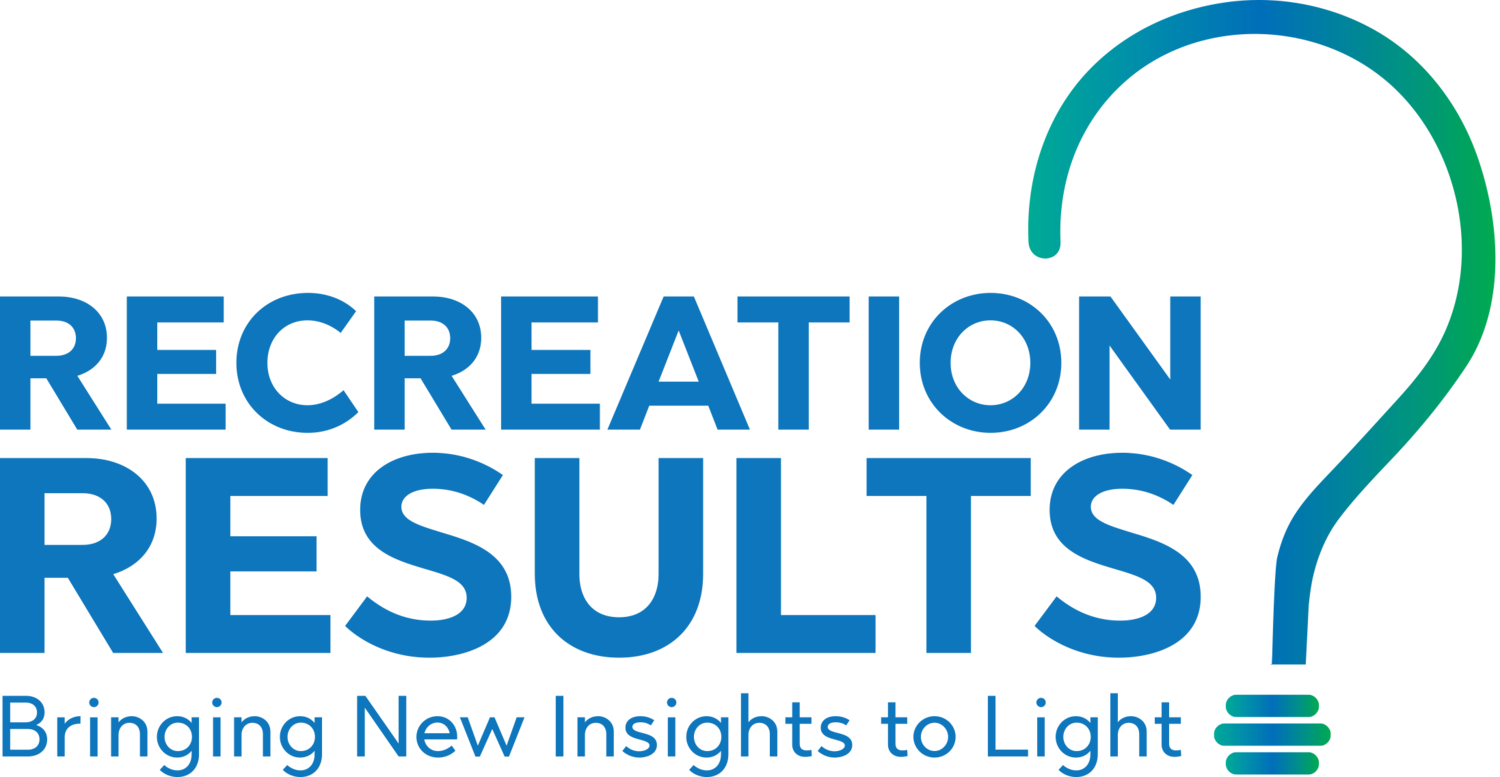Looking Beyond the Numbers: Using Data to Improve Your Organization's Culture
/It’s a common discussion point among professionals in the parks and recreation industry to talk about the constant need to “do more with less.” However, there’s one important resource that has the power to help drive efficiency, increase revenue, and improve the services that we provide to our communities that isn’t lacking — data. In fact, according to IBM, we create 2.5 quintillion bytes of data every day. But despite the fact that we have so much of it, we struggle to convert that data into information that we can use.
One reason for that disconnect in parks and recreation, and what stops so many agencies from diving into their data, is that the focus is often solely on numbers, technology and math — something that can intimidate (or at the very least not excite) the majority of professionals in our people-driven industry. But the reality is, our data is most often a reflection of people — our customers, our community and our staff — and their behaviors. And that means that as we focus on our data, our work has the potential to benefit both our numerical results as well as people. In fact, data-driven organizations are starting to notice that the processes that they put into place to better use their data also have the added benefit of improving organizational culture in many different ways.
Get Everyone on the Same Page
If you asked everyone on your team to define what success looks like, or what your organization’s top priorities are, how confident are you that they would all give the same answer? A well-defined set of performance measures that are shared throughout the organization can be a great way to reinforce what changes and improvements your organization is trying to make. And if leadership shows that these measures are routinely tracked, examined and evaluated, staff will focus more of their attention on work that moves the needle on those measures. The same can hold true for advisory boards, elected officials, and the public as well. In this way, data can be a great way to communicate agency priorities and help create movement around those priorities.
Break Down Silos
We all know that teamwork is critical to a successful organization. The same holds true for data. When you find ways to bring your data together in one place and share it among the entire organization, you’ll find that there is a large benefit of time savings and increased understanding of your operations. For example, marketing staff could access program registration data to determine which programs need a little extra push, and later measure the impact of their marketing efforts on sales. Camp supervisors could use data on employee and participant injuries to help shape the safety portion of their camp staff training. And customer satisfaction results could be viewed by maintenance staff to understand how customers feel about the cleanliness and maintenance of parks and facilities, and how changes in operations may impact the customer.
Increase Transparency and Trust
When data is shared across an organization, it not only breaks down silos, but also has other benefits. When staff can see what data their supervisors and leaders are viewing, it helps establish trust. And when leaders make the effort to share examples of how they’ve used the data to inform decisions, it helps increase buy-in of these changes from staff. But this benefit isn’t just about leaders building trust with the rest of their organization. Leaders of data-driven organizations also learn to put more trust in their staff. As they make the switch from making gut decisions to data-informed ones, leaders have to work with and listen to those who have the best handle on data, which can sometimes mean engaging and involving staff at the lower levels of the organization.
Engage Your Teams and Encourage Innovation
One distinguishing factor that separates successful users of data from everyone else is their focus on the future and using data to empower decision-makers instead of using it to constantly look backward to see how the organization performed in meeting past targets. This future focus means that they are always asking questions like, “Why?” “What will happen…?” and “What if we…?” This culture of asking questions and constantly trying new things to improve your results can spur a lot of creativity and excitement among staff. Of course, as with any innovation, not every data-informed action you take will be an instant success. But by using data to help shift your view to the future, you will find your organization constantly asking questions, trying new things, and learning from successes and failures, which over the long run helps build a culture of innovation.
Long-lasting culture change is usually the product not of a “culture fix,” but instead the byproduct of strategies and processes that organizations put in place in the course of doing important work. And while these cultural benefits may not make the initial struggle of diving into your data any easier, they should certainly make it more worth the effort in the long run.





